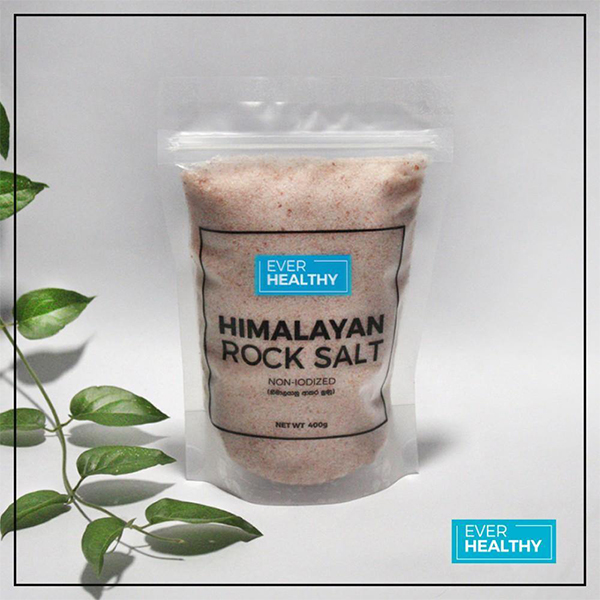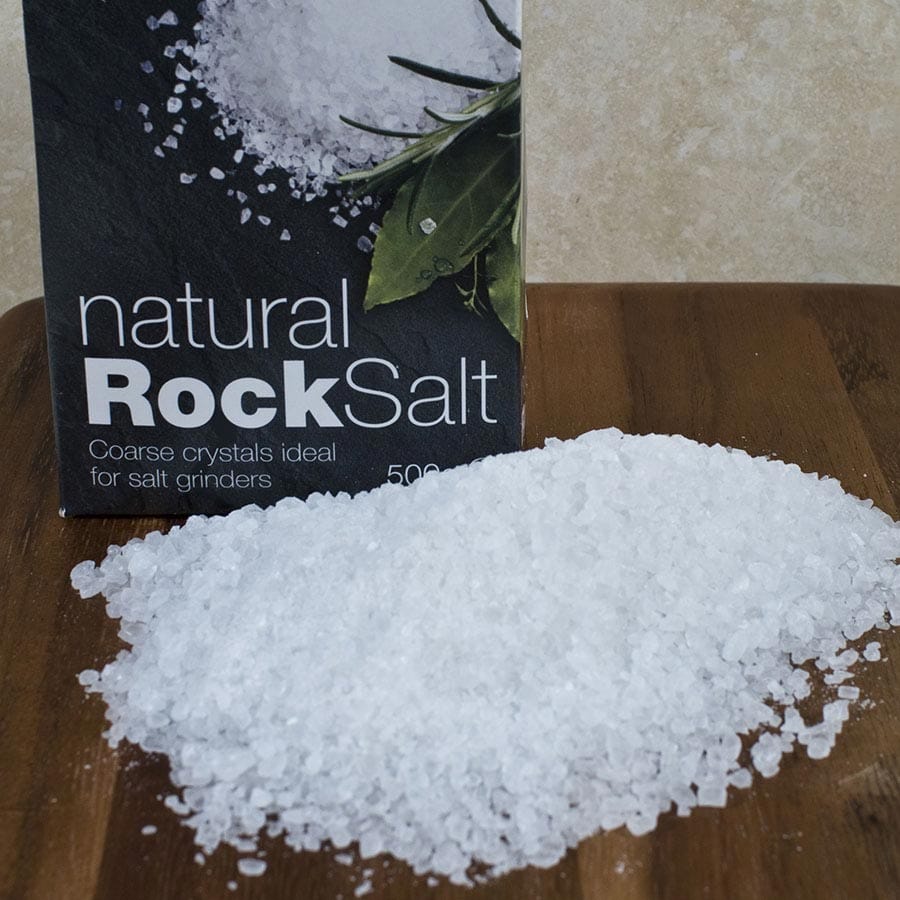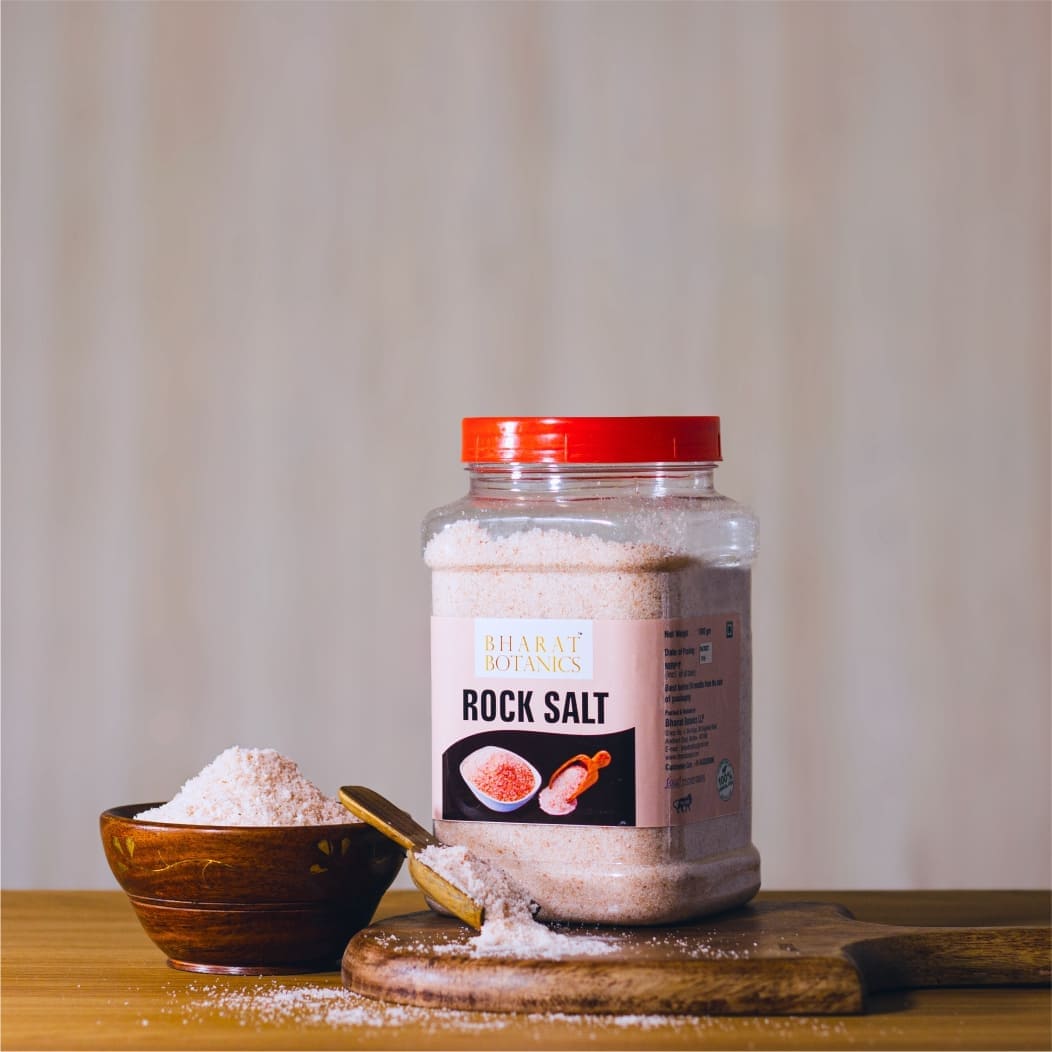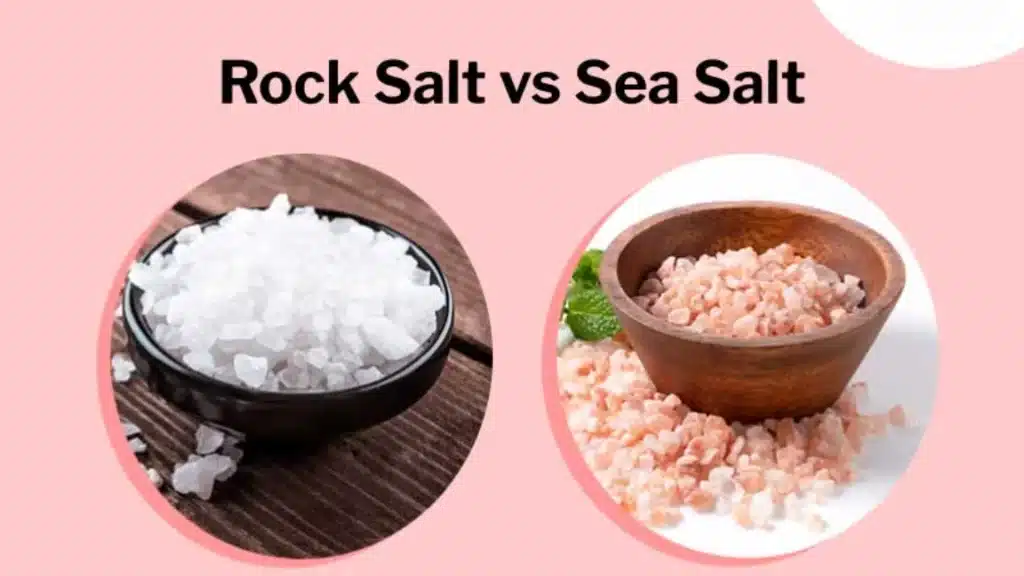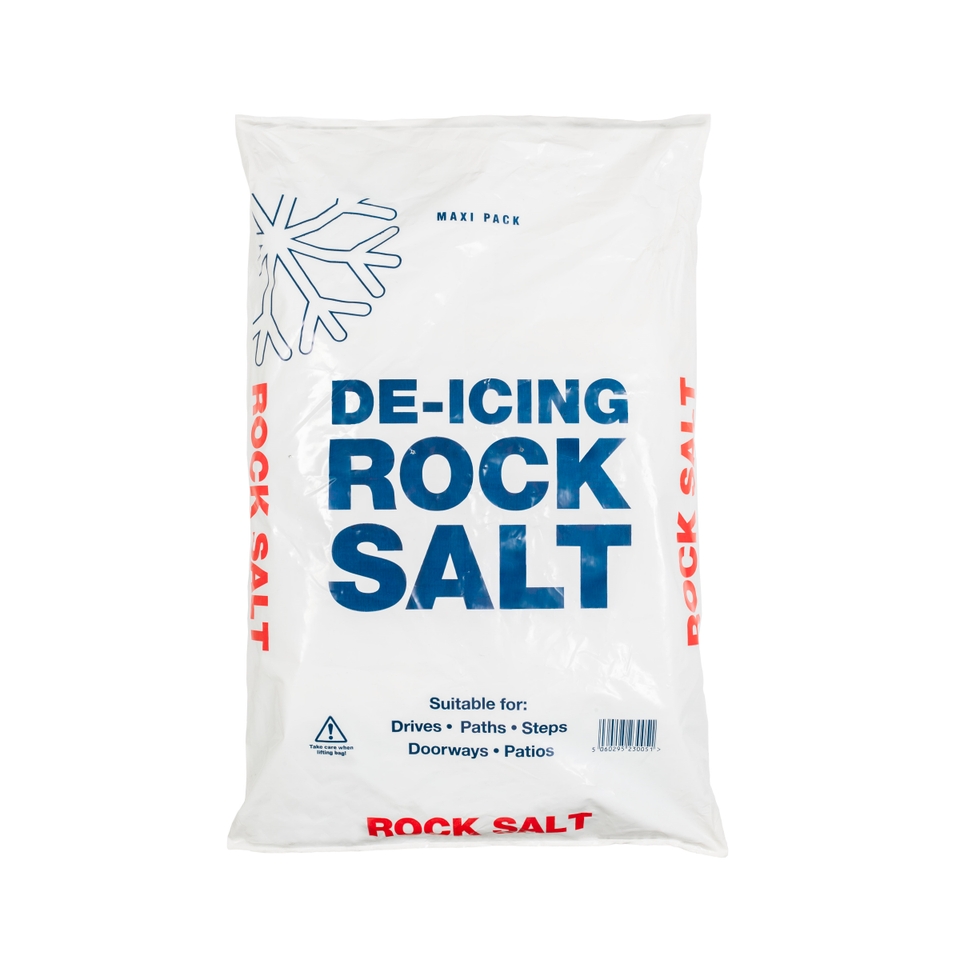Hot Rock Rock Salt Heat Boost

Imagine stepping out of your front door on a crisp winter morning. The air bites at your cheeks, but the sun glints playfully off a dusting of what looks like…sand? Not quite. A closer inspection reveals tiny, multi-hued grains scattered across the pavement, crackling softly under your boots as you walk. The familiar threat of a treacherous, icy sidewalk seems miraculously absent.
The story behind this winter wonder is more than just a clever application of de-icing salt. This article delves into the science and ingenuity driving the adoption of specially treated rock salt, dubbed "Hot Rock," designed to boost melting power and environmental responsibility.
The Science Behind the Salt: Beyond Sodium Chloride
For years, municipalities have relied on traditional rock salt (sodium chloride) to combat ice and snow. However, plain rock salt has limitations, especially when temperatures plummet. It becomes significantly less effective below around 15 degrees Fahrenheit, often requiring hefty applications to maintain safety.
Hot Rock and similar enhanced salt products seek to overcome these limitations by introducing a cocktail of additives to the sodium chloride. These additives, often magnesium chloride or calcium chloride, depress the freezing point of water further, allowing the salt to work effectively in even colder conditions.
Furthermore, some formulations include organic components, such as agricultural byproducts like beet juice, molasses, or corn steep liquor. These aren't just for show; they serve a dual purpose.
Firstly, they enhance the salt's melting power by disrupting the ice crystal structure. Secondly, they act as a binding agent, helping the salt adhere to the road surface rather than bouncing away, reducing waste and minimizing environmental impact.
The Heat Boost: How Additives Supercharge Melting
The real magic of Hot Rock lies in its ability to generate heat through an exothermic reaction. This means that when the salt comes into contact with moisture, it releases heat, accelerating the melting process.
According to a study by the Salt Institute, enhanced salts can melt ice faster and at lower temperatures than traditional rock salt alone. The specific melting rate and temperature range depend on the exact formulation and the concentration of the additives.
This increased efficiency translates to several benefits for both municipalities and the environment. Reduced salt usage means lower costs for taxpayers and less chloride entering waterways, which can harm aquatic life and contaminate drinking water sources. Fewer accidents on icy roads also provide benefits.
Environmental Considerations: A Balancing Act
While enhanced salts offer advantages over traditional rock salt, their environmental impact isn't negligible. All salts, including Hot Rock, can contribute to soil degradation, damage vegetation, and corrode infrastructure if used excessively.
The organic additives, while beneficial in some ways, can also deplete oxygen in waterways as they decompose, potentially harming aquatic ecosystems. Therefore, responsible application is paramount.
Many municipalities are now using sophisticated weather forecasting and road sensor technology to optimize salt application. This proactive approach allows them to apply the right amount of salt at the right time, minimizing waste and maximizing effectiveness.
The Road Ahead: Innovation and Sustainability
The use of Hot Rock and other enhanced salts represents a growing trend towards innovation and sustainability in winter road maintenance. Researchers are constantly exploring new additives and application methods to improve both safety and environmental outcomes.
One promising area of research involves the use of bio-based de-icers derived from waste products. These sustainable alternatives offer the potential to further reduce the environmental footprint of winter road maintenance.
As cities and towns grapple with increasingly unpredictable winter weather, Hot Rock and other enhanced salts may offer a vital tool in keeping roads safe and communities connected. However, it's important to remember that they are just one piece of the puzzle.
The key to sustainable winter road maintenance lies in a holistic approach that combines innovative technologies, responsible application practices, and a commitment to protecting our environment. There's a delicate balance, but with careful consideration, it's possible to minimize risk and keep the roads clear.
The future will likely see a further refinement of these technologies. Perhaps someday self-melting roads will be a reality, but for now, enhanced rock salt offers a valuable and increasingly sophisticated approach to keeping our winter commutes safe.
The decision to use Hot Rock, or any enhanced salt, should be made based on a careful assessment of local conditions, environmental sensitivities, and budgetary constraints. It represents a step forward in the ongoing quest to balance safety and sustainability on our winter roads.

